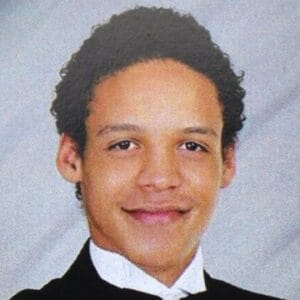- Fire Emblem Wyvern Rider - June 23, 2022
- Fire Emblem Assassin - June 8, 2022
- Fire Emblem Wyvern Lord - June 8, 2022
Who says Bishops are only good for delivering sermons, baptizing babies, and spreading the gospel? Not Intelligent Systems, that’s for sure. When these holy men and women need to get down in the trenches with the rest of your army, they’re far from helpless.
Bishops are one of many magical classes in Fire Emblem, and you might be surprised by how they stack up against their fellow arcane arts users. There’s one way to find out. Let’s get started, shall we?
History of the Bishop
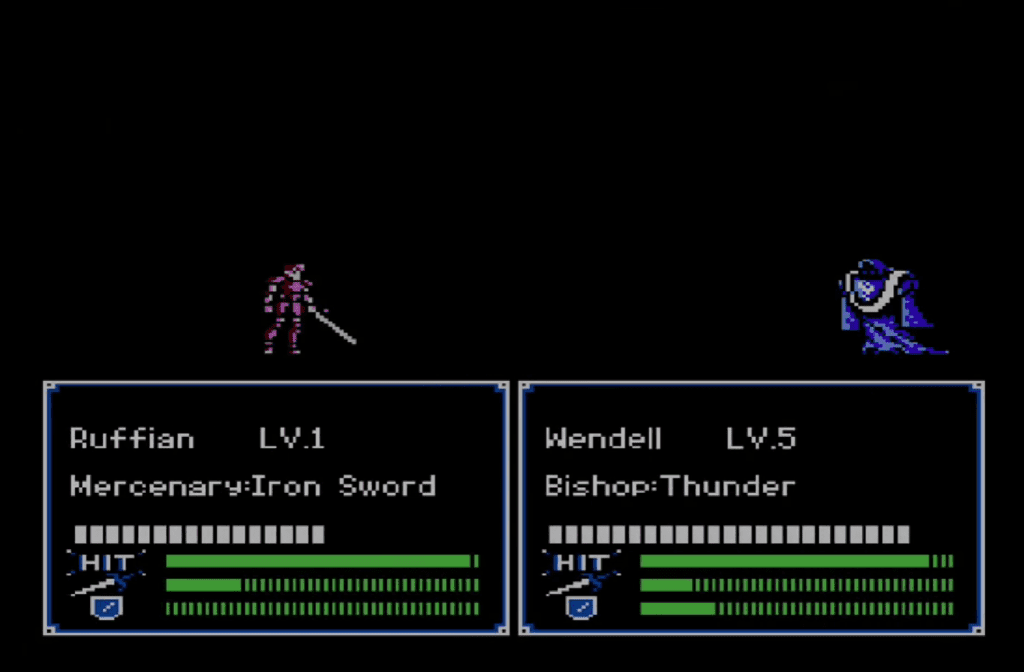
The Bishop is one of the five original promoted classes in the series, debuting in Shadow Dragon & the Blade of Light. It served as the promotion for Mages and Priests (Known as Curates in the first game). Bishops could use Magic and Staves, and Wendell served as the first Bishop in the series. Bishops were absent in Fire Emblem Gaiden (And its remake) but returned in Mystery of the Emblem, serving as the promotion for Mages and Sisters. They would again be missing in the Jugdral Saga before reappearing in the GBA games.
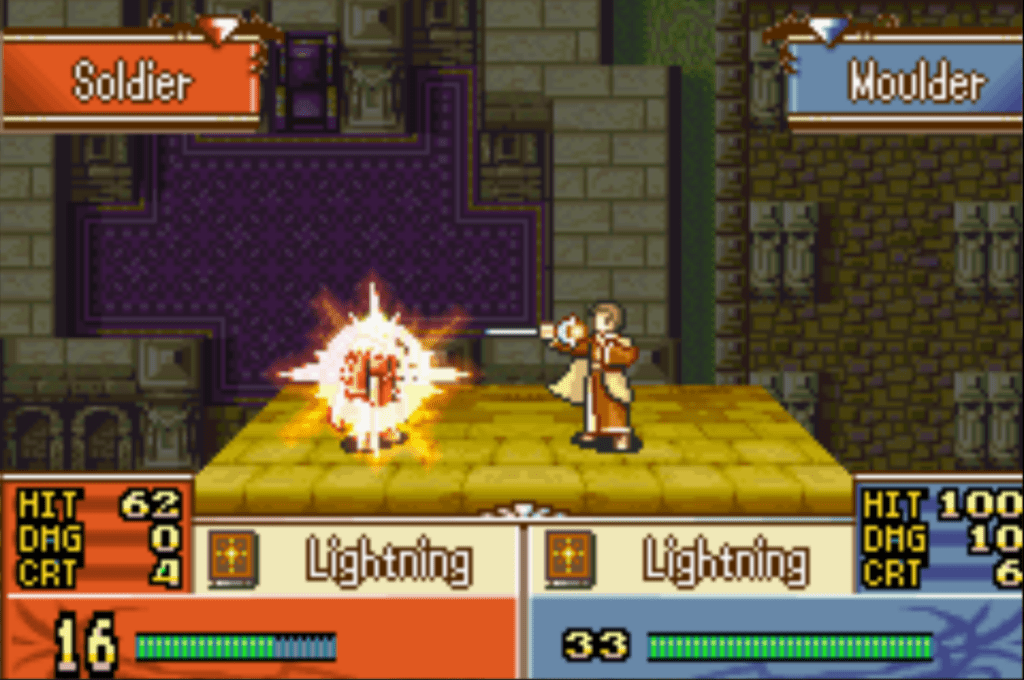
Bishops are easily at their best during the GBA era (One of the numerous reasons I find the GBA era the best in the series), specifically in The Sacred Stones (More on this later). The Bishop was the primary promotion option for Priests, Monks, and Clerics. With the Trinity of Magic established, Bishops specialized in Light magic and Staves. The Bishop class was again present in the Tellius Saga games, with Bishops capable of promoting into Saints in Radiant Dawn. For a time, it seemed like Bishops were here to stay.
And then Awakening and Fates happened, with the Bishop class absent from both games. Bishops have made a comeback in the most recent Three Houses, specializing in the new Faith magic.
Skills of the Bishop
If Bishops had as many skills as they had different prayers, we’d be here all day. Luckily for all of us, that’s not the case. In total, Bishops have had eight skills.
Slayer
The Bishop’s first-ever skill is arguably the best they’ve had: the Slayer skill.
Not to be confused with the Slayer skill from Runescape (Though it kind of functions similar to the Slayer helmet), Slayer is a skill exclusive to Bishops in The Sacred Stones. Slayer allows Bishops to do supereffective damage against all monsters in the game. And that really comes in handy since numerous chapters in the two main story routes, including the final chapters, have monster enemies.
On top of that, there’s the Tower of Valni, Lagdou Ruins, Melkaen Coast, and the Creature Campaign. Slayer easily makes Bishops one of the most useful classes in the game.
Lumina
It was inevitable that a class specializing in Light Magic would have a skill with a light-inspired name, and thus we got the Lumina skill in Path of Radiance.
There isn’t much to be said about Lumina. It simply allows a unit to use Light magic with their starting proficiency dependent on their Staff rank.
Flare
Flare is another skill of Bishops introduced in Path of Radiance but as an occult skill. In Path of Radiance, Flare cuts an enemy’s Resistance in half, making them very vulnerable to Magic attacks.
Now I know I can’t be the only person disappointed that a class that uses Light magic doesn’t have a skill or spell with a blinding effect. I suppose it would be copyright infringement to slap on a Solar Flare skill to the Bishop class. And we know Android 18 is serious about money, so she’d probably go knocking on Intelligent Systems’ door for her family’s cut. But still, what a wasted opportunity.
Shove
Shove is a standard skill of all non-mounted units in the Tellius Saga that lets them push adjacent targets one tile away. Nothing too special, but it does come in handy.
White Magic Uses X2
Three Houses gave the Bishop class a lot of love, and that’s well appreciated. After the Bishop’s absence in Fates and Awakening, they could use it. Bishops have three class skills in Three Houses, the first being White Magic Uses X2.
White Magic Uses X2 is definitely the Bishop’s second-best skill after Slayer and does what it says: it allows Bishops to use White Magic twice per turn instead of once. It’s like using a Dancer or Bard on a Bishop.
When caught in a pinch, having the ability to perform two White Magic spells really comes in handy. If you’re feeling reckless, you can field fewer support/healing units and rely on White Magic Uses X2 to top off your combat units.
White Magic Heal +10
White Magic Heal+10 gives your Bishops’ healing spells an additional +10 HP recovery. I can think of a few Clerics/Priests turned Bishops this skill would do wonders (*cough* Elen *cough*). Arguably this would be vastly more useful as a skill for tier 1 classes than Bishops, but you can’t complain about extra healing.
Terrain Resistance
I guess Bishops in Three Houses have heard nature’s confessions, and in return, nature takes it easy on Bishops.
Bishops in Three Houses are one of the numerous classes that have Terrain Resistance as a class skill, which eliminates damage from terrain. Bishops aren’t what I’d call durable, seeing as how they typically sport fancy bedsheets as clothes, so any damage mitigation they get their hands on is a good thing.
Renewal
Renewal is the mastery skill of Bishops in Three Houses, and it allows them to recover a maximum of 20% of their HP at the start of the player phase. It goes a long way towards improving Bishops’ survivability issues, so master the Bishop class as soon as you can.
What Makes A Bishop?
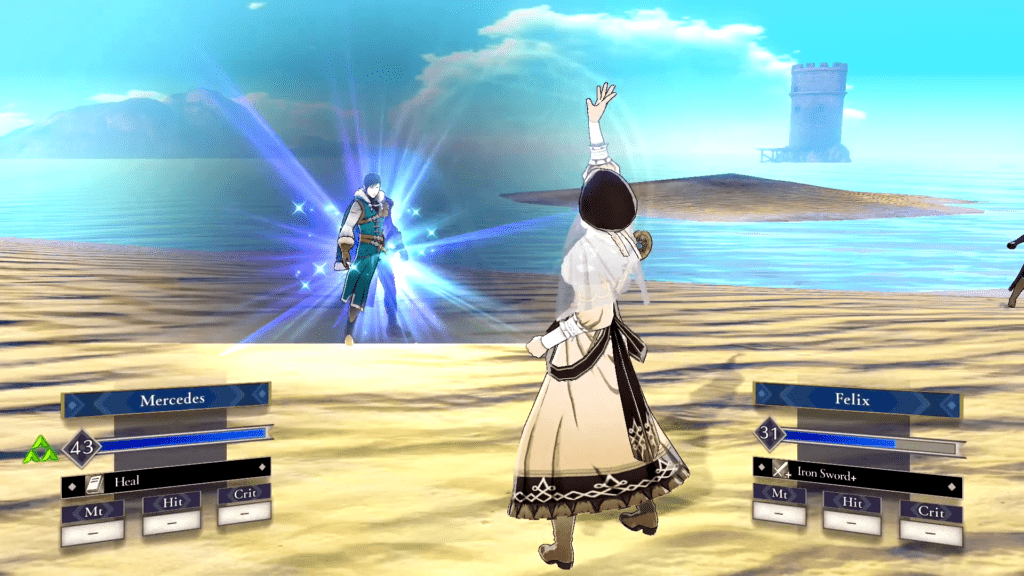
Despite their inconsistent appearances throughout the series, Bishops are the most staple Light magic promoted class in Fire Emblem. As you would expect from a magical unit, they thrive in Magic and Resistance, suffer from poor HP and Defense, and have mixed Skill, Luck, and Speed.
The Bishop class contains two characters that established two distinct archetypes: Wendell and Gotoh. Wendell units are older (Though not always senior citizen old) magical units that tend to be the teachers or superiors for one of your Mages or Priests/Clerics. They are not always Bishops, but a few of them are. Wendall characters have very respectable base stats and growth rates. In some instances, like Pent and Saleh, they are arguably your best Magic users despite being pre-promotes. Gotoh units are powerful pre-promotes with high base stats and levels. They tend to have few levels of growth before they max out but have high growth rates to make up for it. They have terrible availability, with many joining in the final chapter of the game, but are immediately powerful units at your disposal.

But back to the Bishop class. Bishops are unisex, with both the commonly male-only Priest and female-only Cleric promoted to Bishops. Bishops typically gain access to Light magic after promotion. The only exception to this is Monks. Monks start with Light magic and instead gain access to Staves when they become Bishops. Light magic is the Swords of the Trinity of Magic and thus the most accurate. Bishops are great for chipping down bosses on thrones who have significant bonuses to their Avoid stat, making them hard to hit.

Offensively, Bishops are in something of a mixed spot. Light magic is the most accurate type of magic and the weakest. Up against low Resistance enemies, their damage will be good, but against high Resistance enemies, their attacks will be pretty underwhelming. Bishops tend not to have the highest Magic stat amongst magical units, so you cannot rely on them if you need an enemy down immediately. Light magic is weak against Anima magic in the games where the Trinity of Magic exists, and Anima is the most common type of magic. That puts Bishops at a notable disadvantage.

Another issue Clerics and Priest promoted Bishops will deal with is their Light magic rank. They typically start at E rank, which restricts them to Lightning only tomes, and unfortunately, they won’t be hitting as hard as Zeus with them. It will take these Bishops a lot of time before they can use better tomes like Shine or Divine, and they likely won’t be able to use S rank tomes without heavy investment.
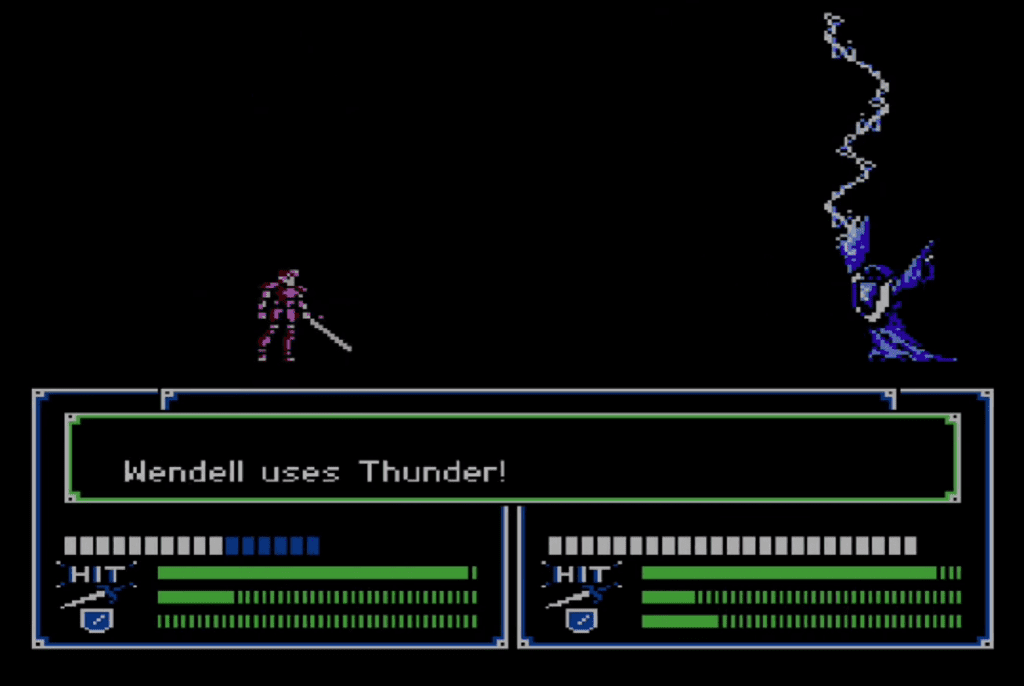
Monks that promote to Bishops will be the best offensively since they start with Light magic instead of Staves. Prepromoted Bishops will also fare better than Priest or Cleric promoted Bishops since they typically start with base A rank in Light magic. The Sacred Stones is easily the game where Bishops shine the most offensively due to the Slayer skill and frequent monster encounters. Against monsters specifically, they will hit harder than Anima or Dark magic users.
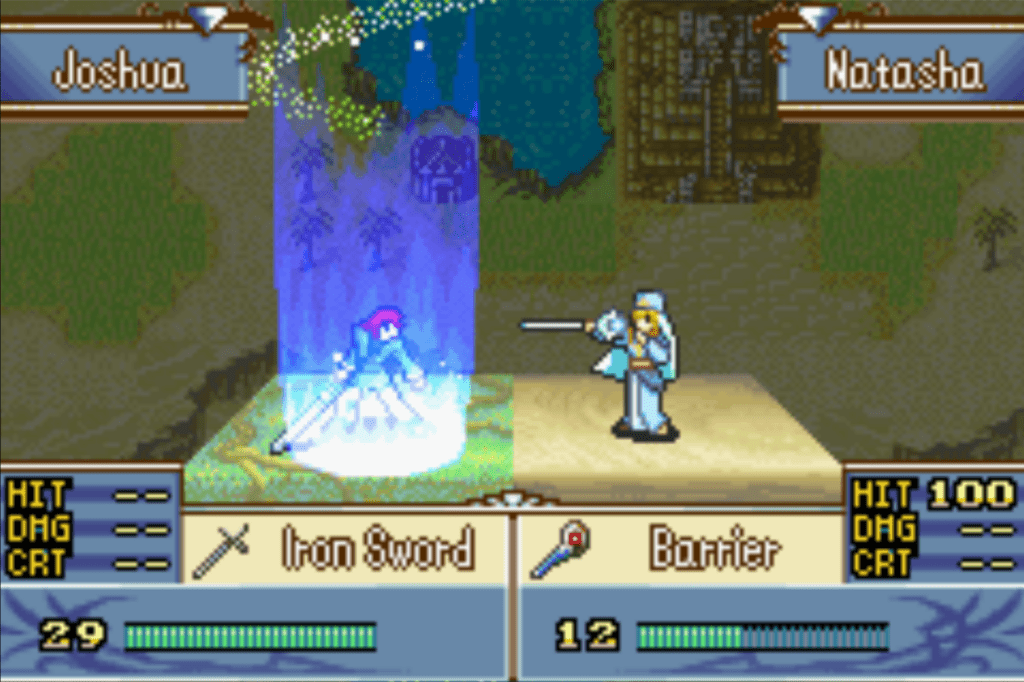
Because of their offensive issues, Bishops will likely be best as your primary Staff users. Bishops that promote from the Monk class will start with a C rank in Staves, which is a great starting point. All other Bishops will have either A or S rank in Staves, thus allowing access to every Staff in their games which is an invaluable utility that Anima and Dark magic units likely won’t have (Except pre-promoted ones).
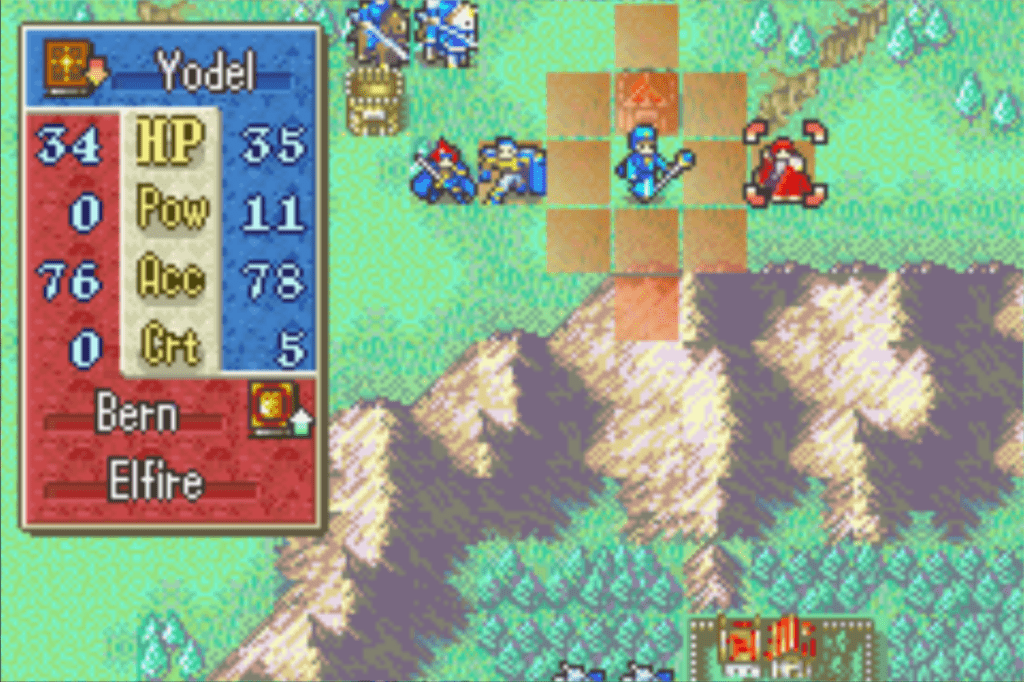
One area that Bishops absolutely shine in across the board is Resistance. They are exceptional as decoys for enemy magic users and especially enemy uses of dangerous long-range spells like Bolting or Purge. For Speed and Skill, Bishops never dip below average in either category. Skill is never an issue since Light magic is so accurate, but average Speed is sometimes low enough for fast enemy types like Heroes or Swordmasters to double you. Double hits from magical enemies are one thing, but two hits from physical units will likely kill your Bishop. Luck is a similarly inconsistent stat, with some Bishops having low Luck and others having high Luck. Average Luck can be problematic since it makes your units more susceptible to critical hits, and that’s something a Bishop can’t afford.
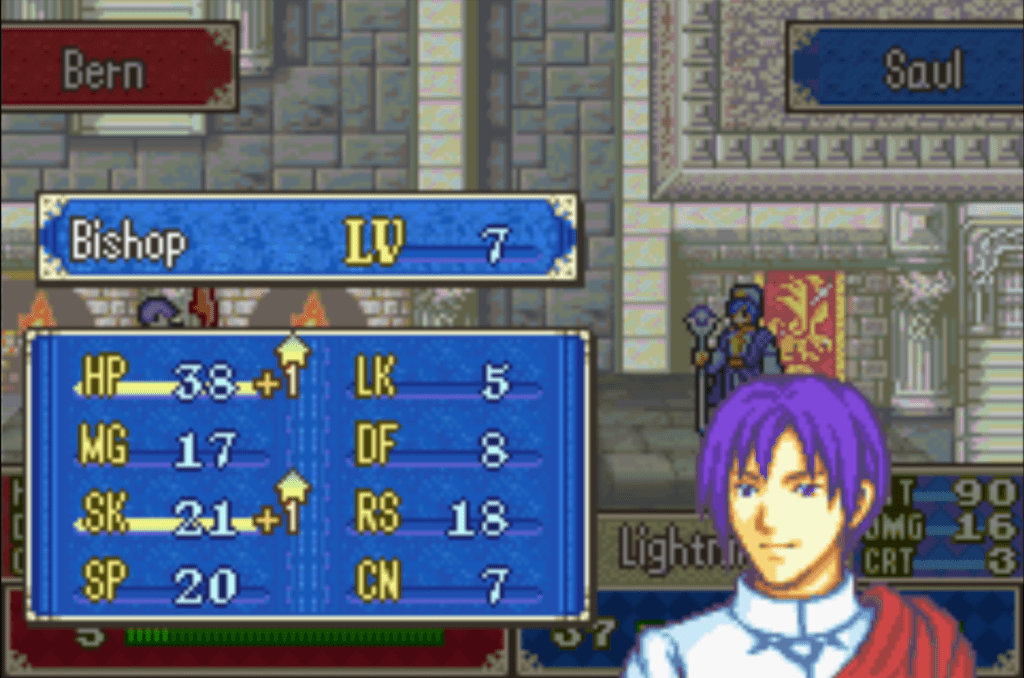
The biggest issues with Bishops, as is standard for magical units, are HP and Defense. Defense growth rates are terrible, and HP growth rates rarely go above average. Their base stats aren’t much better, though promoted Bishops will likely fare better simply because they have more time to grow.
Except for Renault, Bishops take hits worse than Will Smith takes jokes. Defense growth rates are terrible, and HP growth rates rarely go above average. It’s vital to hide your Bishops in terrain as much as possible and shield them from physical enemies with other units. As long as you do this, your Bishops should be pretty evasive and capable of surviving one or two rounds of combat.
How Many Playable Bishops Exist In Fire Emblem?
The Bishop class isn’t the most recurring in the series, so naturally, there aren’t many playable Bishops, unfortunately. A dozen Bishops are playable in their respective games’ main campaigns.
- Wendell (Shadow Dragon & the Blade of Light, Mystery of the Emblem)
- Boah (Shadow Dragon & the Blade of Light, Mystery of the Emblem, Shadow Dragon, New Mystery of the Emblem)
- Gotoh (Shadow Dragon & the Blade of Light)
- Lena (Mystery of the Emblem, New Mystery of the Emblem)
- Maria (Mystery of the Emblem, New Mystery of the Emblem)
- Nyna (Mystery of the Emblem, New Mystery of the Emblem)
- Elice (Mystery of the Emblem, New Mystery of the Emblem)
- Yoder (The Binding Blade)
- Renault (The Blazing Blade)
- Rhys (Radiant Dawn)
- Frost (New Mystery of the Emblem)
- Linhardt (Three Houses)
Is The Bishop Class Good?
Bishops are the best Staff users in every game they appear in, so I’d say yes.
They may have mid-tier offensive capabilities but can still reliably one-round physical units except for Falcoknights (Due to high Resistance) and spongey classes like Wyvern Lords and Generals. Even when their damage starts to drop off, they function well as chip damage users thanks to the high accuracy of Light magic tomes.
You ideally want to have the option of using high-end Staves as soon as you get them, and Bishops are your best bet for that. You have plenty of units that are strong offensively, but only a handful that will ever use something like Warp and Rescue Staves.
Remember when we were kids and how a lot of us only used attack moves in Pokemon games? That’s the last kind of attitude you want to have when going into a Fire Emblem game. These are tactical role-playing games, and there’s more to them than what units hit the hardest. Support units can make or break the success of a mission, and Bishops do better at support than everyone except Dancers/Bards. Make good use of them, and the gods will be on your side. Or at least the people who represent the gods will be.
Who Is The Best Bishop In Fire Emblem?

I’m going to go with Wendell from Shadow Dragon & the Blade of Light. He becomes a Sage instead of a Bishop in the remake, so he doesn’t count there (Though you can re-class him into a Bishop).
Leveling up is extremely wonky for Staff users in the debut Fire Emblem, and Wendall starts with a high enough weapon level to use every Staff and tome in the game. He has excellent availability, joining in Chapter 5, and as a level 1 Bishop, has plenty of time to grow further. His Speed and Defense growth rates are poor, but he has solid enough base stats to keep him going. As far as early game pre-promotes go, Wendell is a pretty good unit.
FAQs
Question: Are there any differences between male and female Bishops?
Answer: Nope. The only Bishops that are different are ones that promote from the Monk class.
Question: Who is the worst Bishop in the series?
Answer: Elice from Mystery of the Emblem. She has Gotoh-tier join time but without Gotoh-tier stats. She’s marginally useful as a secondary Staff user, but that’s it.
Question: Who is your favorite Bishop in the series?
Answer: I know a lot of people don’t like him, but I fancy Renault from The Blazing Blade. His backstory is that of a mercenary, which might be why he’s sturdier than every other Bishop in the series. His base Magic stat is atrocious (Which also makes sense since he is relatively new to being a Bishop), but a couple of Energy Rings fixes that. After this, Renault is the most well-rounded Bishop, and only poor availability holds him back.
Conclusion
It’s a shame that Intelligent Systems doesn’t commit to the Bishop class since I think it’s a perfect staple Light magic promoted unit. Bishops have a good showing in Three Houses, so hopefully, the trend continues in future installments.
One thing I would love to see Intelligent Systems do is fully commit to the religious aspects of the Bishop class. It makes sense, especially with the introduction of Faith magic in Three Houses. I know that Faith magic combines Light and White magic, but perhaps they could give Bishops some exclusive spells that only holy men and women can use. The series has had plenty of personal weapons, staves, and tomes before, so I see no reason to exclude spells from the exclusivity pool. Surely people who represent the gods of their world have knowledge that no one else does, right?
For more interesting readings about Fire Emblem check out:


